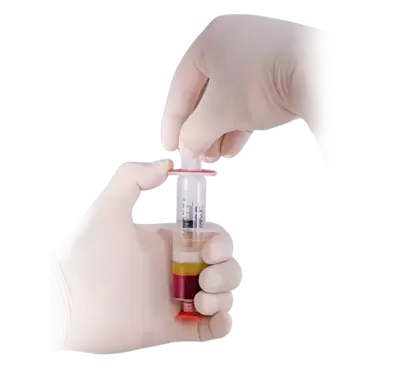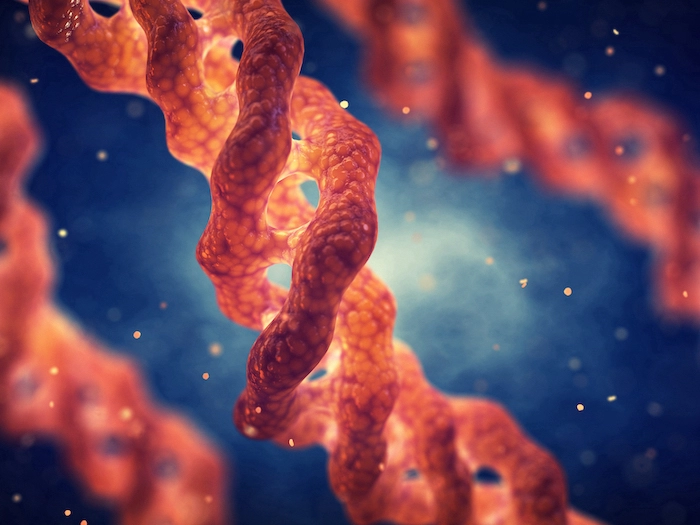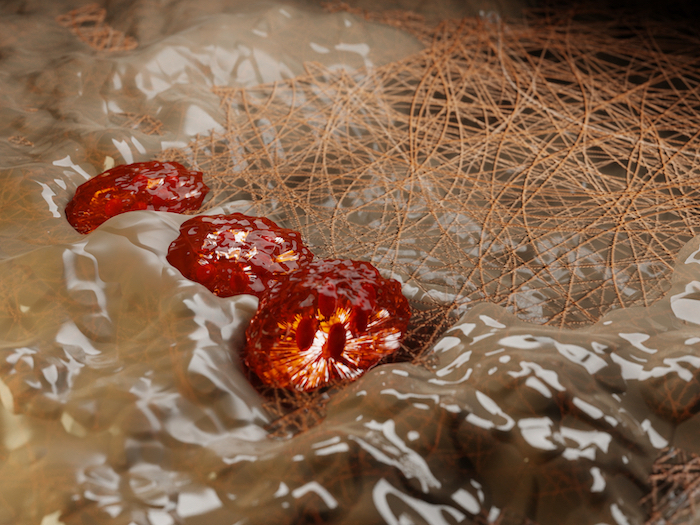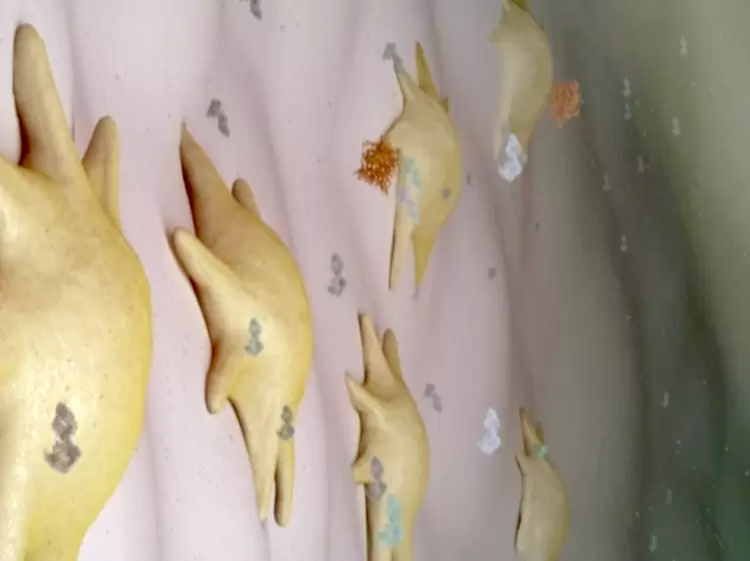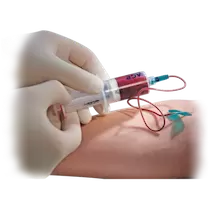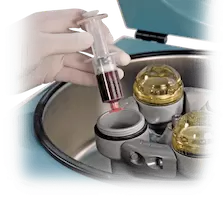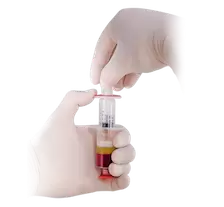What are biologic injections ?
There are a number of biologic materials used in the treatment of orthopaedic conditions. Plasma Rich Protein (PRP) injections are one of the most established.
PRP is obtained from your own blood through a process of centrifugation, separating it into it's component parts. The part containing the concentrated platelets is then drawn up and injected into the problem area.
The PRP element of blood is rich in growth factors and mediators involved in tissue repair and regeneration. These include: TGF-B1, PDGF, BFGF, VEGF, EGF, and IGF-1.
